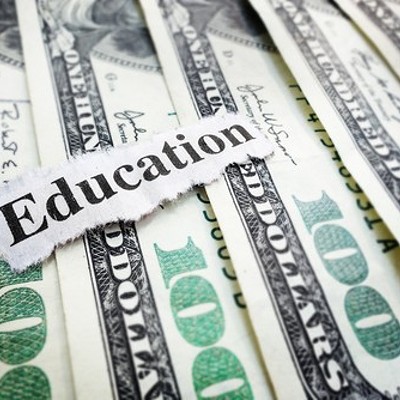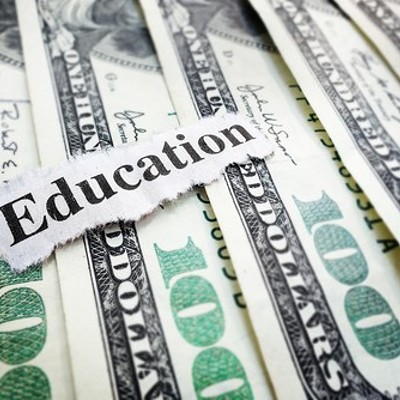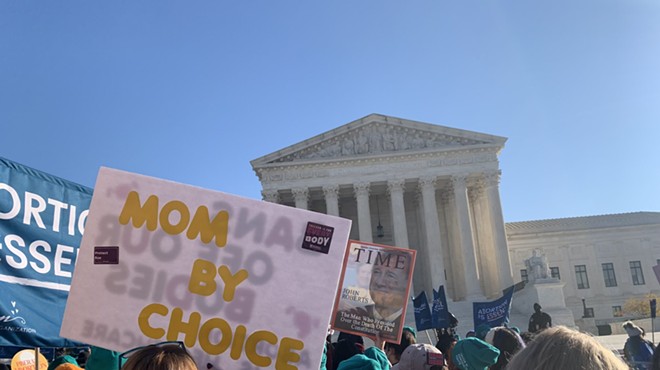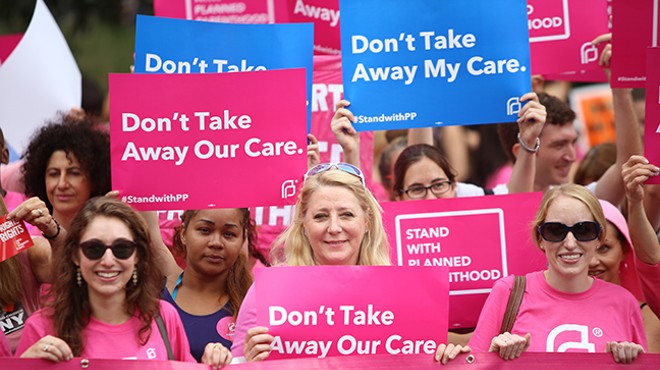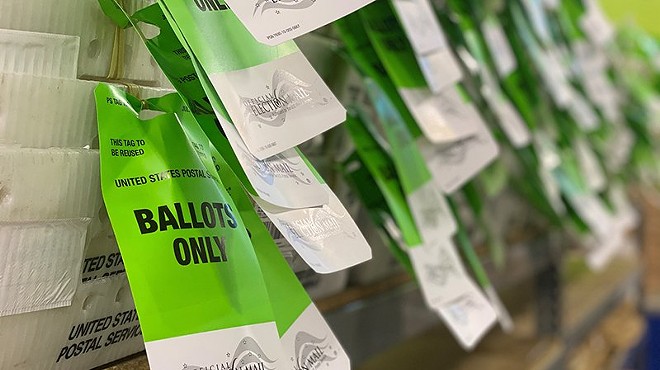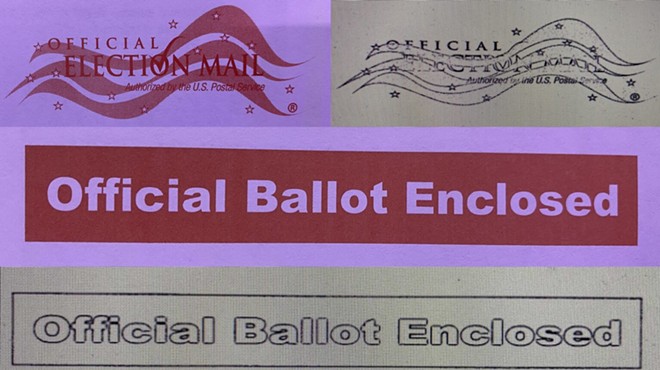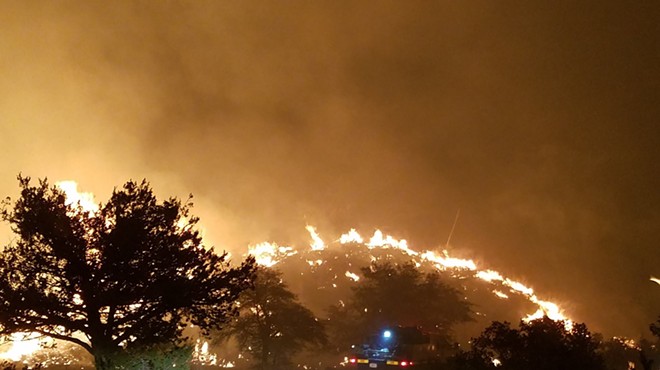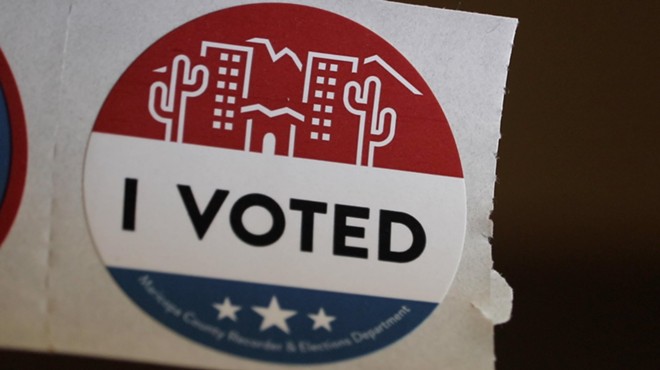Monday, June 5, 2017
Where the New Education Money Goes
Now that the Arizona budget has been on the books for a few weeks, some reporters are taking a look back, and I'm beginning to read a new take on education funding that gives Governor Ducey and Republicans measured praise for putting some new money into schools. It may not be enough, the articles are saying, but it's something. Educators should give our governor credit for making an effort to help our schools and accept the money graciously instead of bitching and moaning because they don't think it's enough.
I beg to differ. It's not enough, not nearly. And most of it will find its way to fewer than 20 percent of the state's public schools.
Here's an example of the new spin on education funding from an Arizona Capitol Times article. The headline: Public education advocates bemoan school money still not enough. The word choices tell the tale. Education advocates "bemoan" the money. Complain, complain, complain. They say it's "still not enough." Will nothing satisfy them?
Here's how the article begins:
Let's take a look at that $163 million in new education dollars. $163 million. That sounds like serious money. But let's remember, the Arizona legislature began stealing from schools back in 2009, and the new $163 million, even when it's added to the money voted in with Prop. 123, still doesn't bring education funding back to the level mandated by Prop. 301 which passed in 2000. We're still not back to the "good old days" eight years ago when funding was merely awful. We sure haven't invested more in our children's educations. The Republican obsession with tax breaks and tax cuts for the wealthy and the business community made sure of that, beggaring the state budget so it can't even find the money to fund schools at a level required by law. You don't steal $100 out of someone's pocket, give back $60 and expect a thank you.
Then there's Arizona's national standing. Add the new $163 million to the Prop. 123 money, and we're still in 49th place in funding per student, trailing 48th place Oklahoma. Another $100 million could put us in 48th place, barely. If we aspire to take 47th place from Mississippi, well, we're not even close. The 47th slot would cost us $600 million, almost four times this year's added money. And if we wanted to dream the impossible dream of reaching the national average, that would cost us $3.5 billion more a year.
We're spending less than we did in 2009. Mississippi-level education funding is a bridge too far. The national average might as well be on another planet. But education advocates should be satisfied with the governor's gesture financial largesse? Sorry. No.
As for that $163 million, as insufficient as it is, most schools, about 80 percent, will only see a quarter of it. The rest will go to select schools, mainly in high rent districts.
Every school will get a piece of the $34 million set aside for teacher raises. Of course, it only comes to an extra 25 cents an hour, two dollars a day if they want to take it in a lump sum. Arizona has the lowest paid teachers in the country. Don't expect them to be overwhelmed with gratitude for the state's contribution to a pay raise.
Another $38 million will be spent on results-based funding. Here are the details about how the program works, but basically it comes down to this. Something like 15 percent of schools will get $225 to $400 per student, while the rest get nothing. That's enough to give teachers in those schools a $3,000 to $4,000 raise and still have half the money left over to buy all kinds of educational goodies other schools can't afford. Next year, some schools with more than half their students on free or reduced lunch will get a share of the results-based money, but after that, nearly all of it will flow to schools filled with affluent students.
Another $80 million is set aside to build, renew and maintain schools. That may sound like a serious commitment, but since 2009, the state has cut a total of $2 billion from capital funding. This year's $80 million allocation comes to 4 percent of what the state owes. This time when Republicans stole $100 from the schools' wallet, they only gave back four bucks. Instead of the thank you they were hoping for, they're getting a $2 billion lawsuit to try and recover the funds.
If that $80 million were spread across the state, at least everyone would get some of that four cents on the dollar, but that's not how the money is allocated. Most of it, $64 million, will go to build schools in three districts: Vail, Queen Creek and Chandler, all high rent districts. Now, it may be those districts are where new schools are most needed, but the fact remains, most districts won't even get a peek at 80 percent of the money. The remaining $16 million is set aside for building renewal grants. Districts will have to fight over whose schools are most dilapidated to get some of the scraps left over after Vail, Queen Creek and Chandler districts get themselves a few brand spanking new schools.
That leaves $11 million from the $163 million. It's sprinkled over a number of feel-good projects Ducey can add to his "Education Governor" resume, but it's too little money to make much of a difference for many students.
So, public education advocates are bemoaning the education money that's been added to the state budget? They're complaining it's still not enough? Damn right they are! It's far too little, and it's unevenly distributed. Them that have will get more, and everyone else gets a 25 cents an hour raise.
I beg to differ. It's not enough, not nearly. And most of it will find its way to fewer than 20 percent of the state's public schools.
Here's an example of the new spin on education funding from an Arizona Capitol Times article. The headline: Public education advocates bemoan school money still not enough. The word choices tell the tale. Education advocates "bemoan" the money. Complain, complain, complain. They say it's "still not enough." Will nothing satisfy them?
Here's how the article begins:
Education issues captured much of the attention this legislative session, but public school advocates say they’re disappointed with the outcome.A news release from the "Reelect Doug Ducey" committee couldn't put the budget in a more favorable light.
It’s hard to argue the budget doesn’t focus on education when much of the new spending focuses on K-12 or university education initiatives. The fiscal year 2018 budget adds $163 million above inflation funding to schools.
Let's take a look at that $163 million in new education dollars. $163 million. That sounds like serious money. But let's remember, the Arizona legislature began stealing from schools back in 2009, and the new $163 million, even when it's added to the money voted in with Prop. 123, still doesn't bring education funding back to the level mandated by Prop. 301 which passed in 2000. We're still not back to the "good old days" eight years ago when funding was merely awful. We sure haven't invested more in our children's educations. The Republican obsession with tax breaks and tax cuts for the wealthy and the business community made sure of that, beggaring the state budget so it can't even find the money to fund schools at a level required by law. You don't steal $100 out of someone's pocket, give back $60 and expect a thank you.
Then there's Arizona's national standing. Add the new $163 million to the Prop. 123 money, and we're still in 49th place in funding per student, trailing 48th place Oklahoma. Another $100 million could put us in 48th place, barely. If we aspire to take 47th place from Mississippi, well, we're not even close. The 47th slot would cost us $600 million, almost four times this year's added money. And if we wanted to dream the impossible dream of reaching the national average, that would cost us $3.5 billion more a year.
We're spending less than we did in 2009. Mississippi-level education funding is a bridge too far. The national average might as well be on another planet. But education advocates should be satisfied with the governor's gesture financial largesse? Sorry. No.
As for that $163 million, as insufficient as it is, most schools, about 80 percent, will only see a quarter of it. The rest will go to select schools, mainly in high rent districts.
Every school will get a piece of the $34 million set aside for teacher raises. Of course, it only comes to an extra 25 cents an hour, two dollars a day if they want to take it in a lump sum. Arizona has the lowest paid teachers in the country. Don't expect them to be overwhelmed with gratitude for the state's contribution to a pay raise.
Another $38 million will be spent on results-based funding. Here are the details about how the program works, but basically it comes down to this. Something like 15 percent of schools will get $225 to $400 per student, while the rest get nothing. That's enough to give teachers in those schools a $3,000 to $4,000 raise and still have half the money left over to buy all kinds of educational goodies other schools can't afford. Next year, some schools with more than half their students on free or reduced lunch will get a share of the results-based money, but after that, nearly all of it will flow to schools filled with affluent students.
Another $80 million is set aside to build, renew and maintain schools. That may sound like a serious commitment, but since 2009, the state has cut a total of $2 billion from capital funding. This year's $80 million allocation comes to 4 percent of what the state owes. This time when Republicans stole $100 from the schools' wallet, they only gave back four bucks. Instead of the thank you they were hoping for, they're getting a $2 billion lawsuit to try and recover the funds.
If that $80 million were spread across the state, at least everyone would get some of that four cents on the dollar, but that's not how the money is allocated. Most of it, $64 million, will go to build schools in three districts: Vail, Queen Creek and Chandler, all high rent districts. Now, it may be those districts are where new schools are most needed, but the fact remains, most districts won't even get a peek at 80 percent of the money. The remaining $16 million is set aside for building renewal grants. Districts will have to fight over whose schools are most dilapidated to get some of the scraps left over after Vail, Queen Creek and Chandler districts get themselves a few brand spanking new schools.
That leaves $11 million from the $163 million. It's sprinkled over a number of feel-good projects Ducey can add to his "Education Governor" resume, but it's too little money to make much of a difference for many students.
So, public education advocates are bemoaning the education money that's been added to the state budget? They're complaining it's still not enough? Damn right they are! It's far too little, and it's unevenly distributed. Them that have will get more, and everyone else gets a 25 cents an hour raise.
Tags: Arizona state budget , Education budget , Teacher raises , Results-based funding , New school funding , Building renewal funding , Doug Ducey. Vail school district. Queen Creek school district. Chandler school district.




